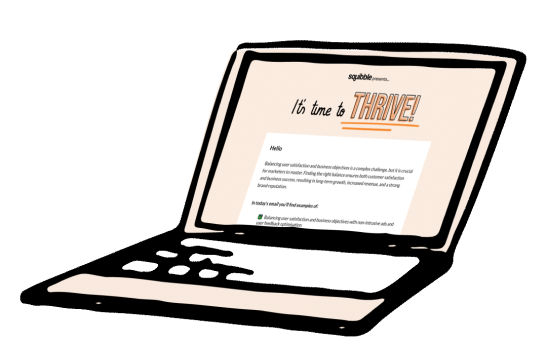A project is like a journey. Each has a destination, and the aim is to reach that place on time and on budget. This never happens by accident. A well written web brief is how to avoid detours, accidents and traffic jams. It will save time – and result in clearer quotes!
When setting out on any trip, most of us will also work out a route: turn right here, continue for fifteen miles there. It matters to us that we reach our end-point quickly, efficiently and with a minimum of fuss. So we plan how we’re going to do that.
In web design, the web brief takes the role of the routemap. It sets out not just the goals of a project, but the landmarks on the way. From day one, it provides a guide for the designers, but it’s also a sort of safety net for everyone: it’s always possible to go back to the web brief, check that everyone is travelling in the right direction, and then press on.

There is no one way to write a web brief, no fail-safe template to follow. Every project is different, and the best briefs reflect what is unique about a specific job. The brief is a flexible form, then – but each one should be crystal clear about what is needed.
Imagine being a designer, new to a project. What would you need to know? That’s what you include in the web brief. For example:
- About the business. A designer needs to understand their client: history, values, market position all matter. What’s the elevator pitch?
- The target audience. Design aims to engage people. To do that well, we need to understand the users we’re attracting. Who are they? Tell us!
- The purpose of the project. What is the new site trying to achieve? Enhanced functionality? A visual rebrand? Increased conversions? What are they key goals?
- Design and inspiration. Colour, imagery, typography, feel: how should users experience the site? Link us to some sites you like –or would like to beat!
- Technical needs. If the site needs to accept payments or log-ins, provide a booking feature or a blog, put it in the brief. What will visitors do on your site?
- Content. How many pages will the site have? Do you need us to produce the text or illustrations? Think about tone of voice: formal or informal, sober or humorous?
- Hosting and support. Where will your website sit – do you have your own servers? And how will it be updated – will you need ongoing technical support?
- Marketing and SEO. How will people find your site? Via organic or paid links on Google? Via social media? And do you need us to help come up with a plan?
- Key metrics. Deadline is the key one here. But there may be other needs, too: sales targets or traffic figures. We can help achieve any goal set out in the brief.
- The budget. This is the bottom line. Be up-front: designers can better advise on options if they know what funds are available. Even a broad price range helps!
When setting out on the road, most of us now rely on a satnav rather than a dusty map. Why? Because getting where we’re going is too important to allow for human error. Web design is the same – and the web brief is how we keep a project on track.






